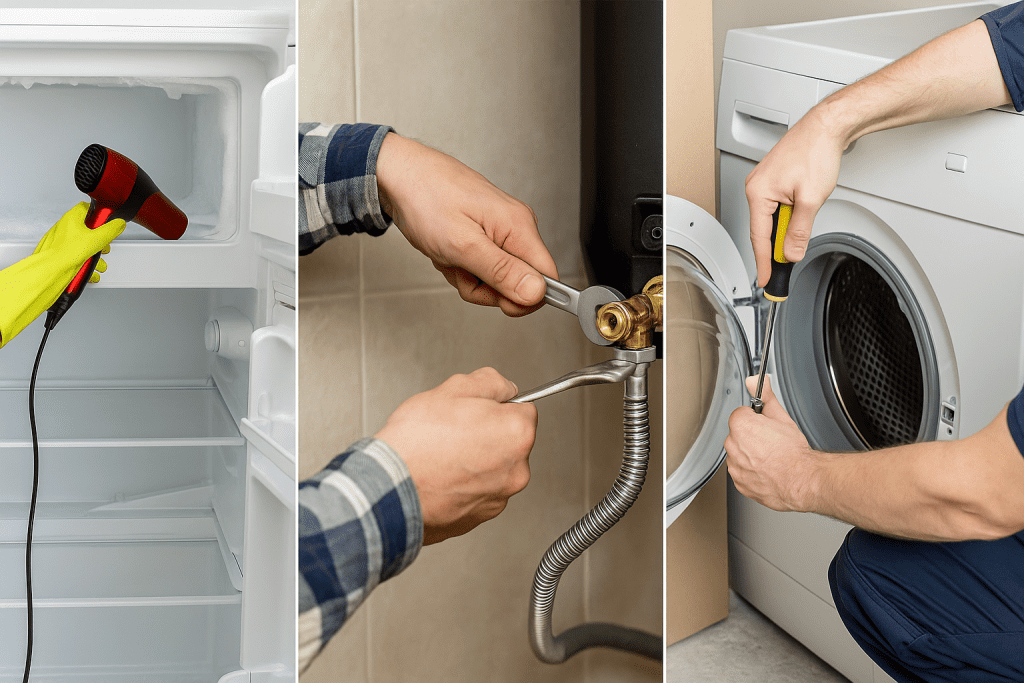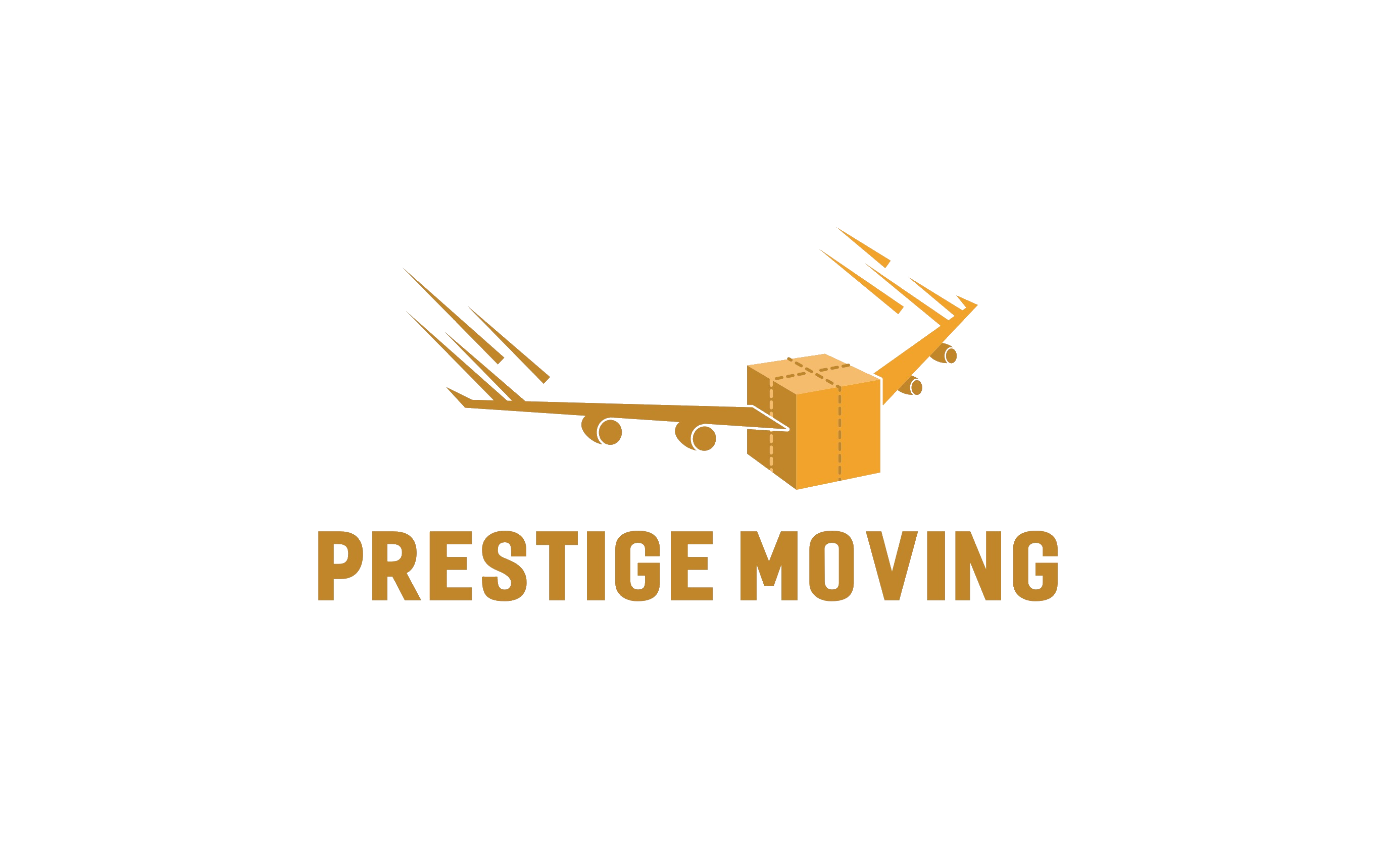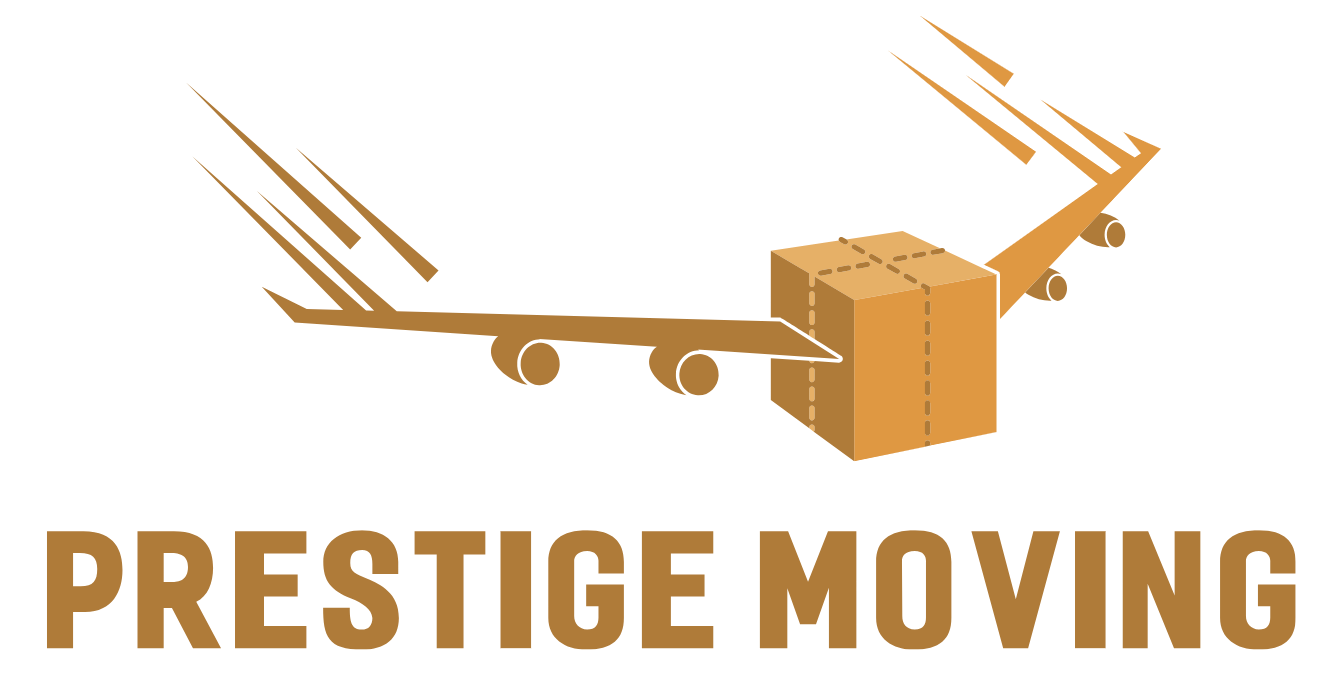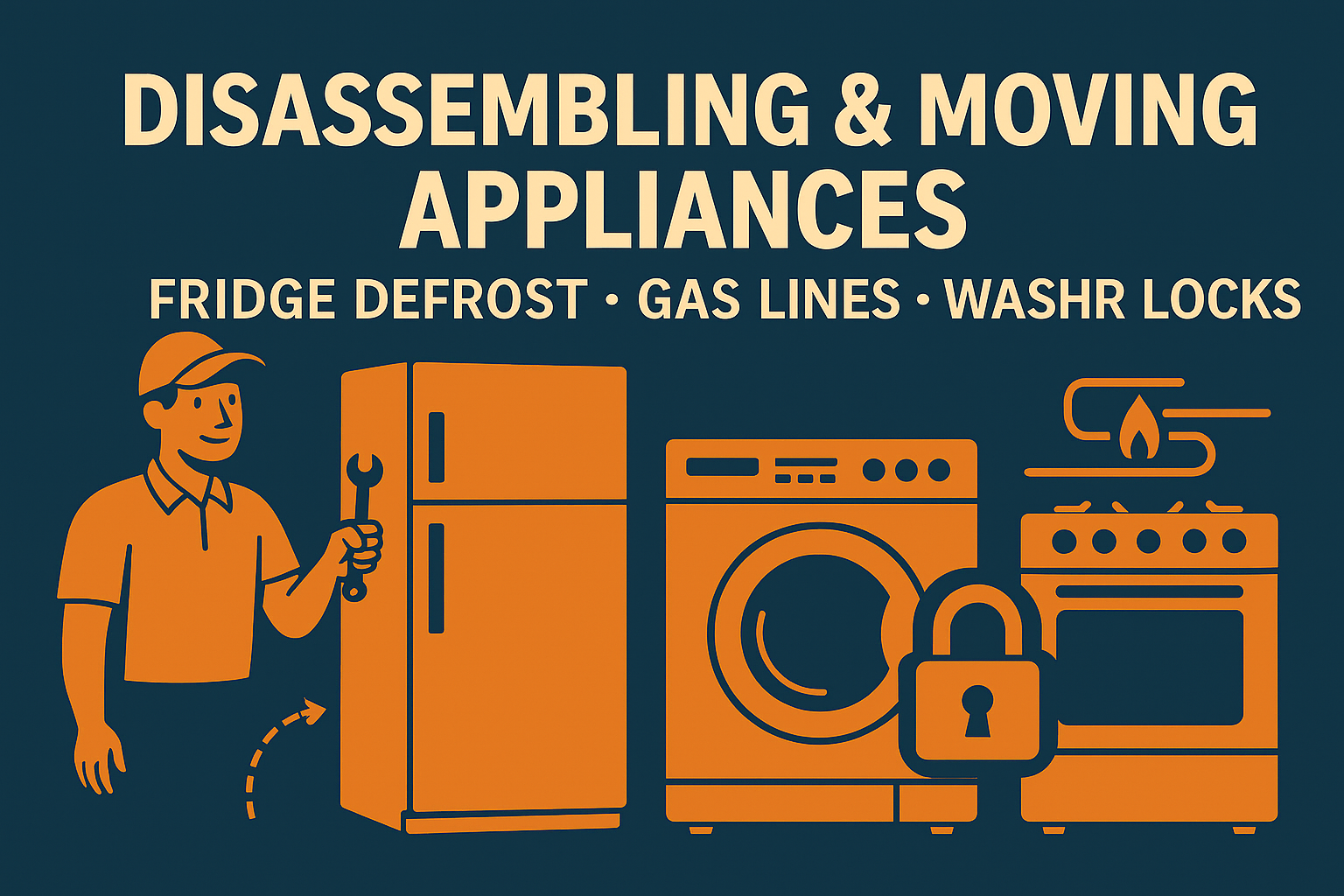Relocating heavy appliances like refrigerators, gas stoves, and washing machines requires much more than muscle power. These items have sensitive components, water and gas connections, and safety requirements that must be handled properly before transport. Missteps can lead to leaks, damage, or even safety hazards. This guide provides a detailed breakdown of how to prepare and move major household appliances safely and efficiently.
Why Proper Appliance Disassembly Matters
Moving appliances without proper preparation can cause expensive damage and pose risks during transit. Refrigerators need to be defrosted to prevent leaks and mold growth. Gas lines must be carefully disconnected and capped to avoid hazardous leaks. Washers need to be secured with shipping bolts to prevent drum damage. Beyond safety, these preparations also make the moving process smoother, helping both professional movers and homeowners avoid unnecessary complications.
For those considering professional help, hiring movers in Ottawa ensures appliances are handled with the right tools and expertise.
Preparing a Refrigerator for Moving
Defrosting and Cleaning
A refrigerator should be unplugged and defrosted at least 24 hours before moving day. This prevents water leakage and mold development during transport. Empty all food items, remove shelves and drawers, and clean the interior with a mild disinfectant. This not only protects the appliance but also avoids bad odors during the move.
Securing Internal Components
Shelves, drawers, and trays should be wrapped separately or secured inside with strong tape. Doors can be closed using stretch wrap or moving straps, ensuring they don’t swing open during transport.
Transporting a Refrigerator
Always move refrigerators in an upright position. Tilting them on their side can cause compressor oil to leak into the cooling lines, potentially damaging the unit. Once delivered, wait at least four hours before plugging the fridge back in to allow the refrigerant to settle.

Disconnecting Gas Lines Safely
Shut Off the Supply
Before moving a gas stove or dryer, turn off the gas supply at the shut-off valve. If you’re unsure how to do this safely, check your local utility provider’s guidelines, such as those from Natural Resources Canada, or contact a certified gas technician.
Disconnecting the Appliance
Use a wrench to carefully disconnect the gas hose from the appliance. Cap the gas line with a safety plug to prevent leaks. Movers are not typically licensed to handle gas lines, so this step is often left to professionals.
Transporting Gas Appliances
Remove detachable parts like grates, knobs, and trays, and pack them separately. Wrap the appliance with moving blankets to prevent scratches.
Preparing Washing Machines and Dryers
Using Shipping Bolts
Front-load washing machines require shipping bolts to secure the drum in place. Without these, the drum can bounce during transit, causing permanent damage. If you no longer have the original bolts, most appliance retailers can supply replacements.
Draining Water Lines
Turn off the water supply, disconnect hoses, and drain all remaining water. Store hoses in a sealed plastic bag to prevent drips during transport.
Dryer Preparation
For electric dryers, unplug the power cord and secure it with tape. For gas dryers, follow the same precautions as gas stoves—disconnect and cap the gas line professionally.
Moving Dishwashers and Microwaves
Dishwasher Preparation
Shut off the water supply and disconnect both water and drain hoses. Like washers, dishwashers should be completely dry before transport. Secure racks and utensil holders with tape or bubble wrap.
Microwave Safety
If your microwave is built-in, it will need to be carefully unscrewed from its mounting. Standalone units can be unplugged, cleaned, and wrapped in protective padding.
Tools and Materials Needed
- Adjustable wrench for disconnecting water and gas lines
- Appliance dolly with straps for safe lifting
- Moving blankets and bubble wrap for protection
- Plastic bags for storing small parts and hoses
- Shipping bolts for washing machines
When to Hire Professional Movers
While some homeowners attempt DIY appliance moves, professional movers have the expertise and equipment to avoid costly mistakes. From piano moving services to large refrigerators, movers handle complex jobs daily. Choosing an experienced company ensures safe disassembly, secure packing, and smooth transportation.
For example, Ottawa residents who are relocating long-distance often benefit from full-service movers who provide both appliance handling and packing services.
Cost Considerations
The cost of moving appliances depends on size, complexity, and whether professional disconnection (gas or water) is required. Local moves may include appliance handling in the overall rate, while long-distance relocations often charge extra. For transparency, request a detailed estimate. You can review common moving pricing in Ottawa to compare costs.
Compliance and Safety Regulations
Improper handling of appliances, especially gas appliances, may violate safety regulations. Local building codes and energy authorities may have specific requirements for shutting off and reconnecting gas lines. For reference, the Government of Canada’s safety resources provide guidelines on handling energy appliances responsibly.
Tips for a Smooth Move with Appliances
- Plan ahead: Start disassembly at least 24–48 hours before moving day.
- Label parts: Store screws, hoses, and small parts in labeled bags.
- Protect floors: Use sliders or cardboard under appliances to prevent scratches.
- Communicate with movers: Let your movers know in advance that appliances are part of the move.
- Check insurance coverage: Verify whether appliance damage is covered under moving insurance.
Final Thoughts
Appliance relocation is one of the most challenging parts of moving. From defrosting a refrigerator to securing washing machine drums, each step requires care and expertise. Homeowners who prepare properly—or hire professional movers—avoid costly damages and ensure a smooth transition into their new home.
If you’re ready to move appliances safely and efficiently, contact Prestige Moving today for expert assistance.


